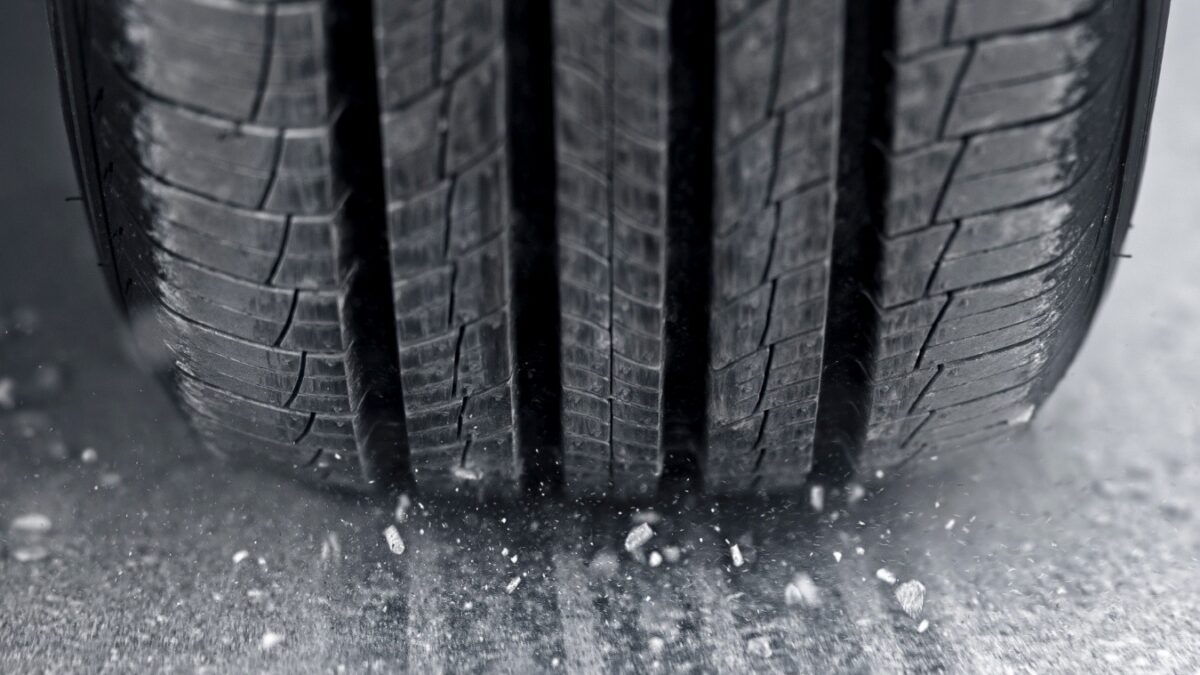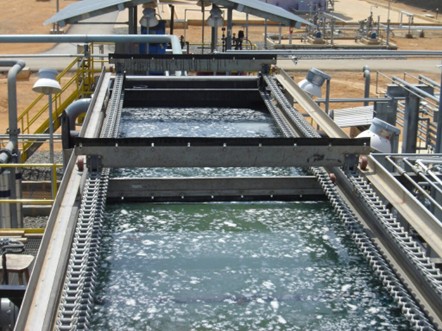Engineering Innovations for Microplastic Prevention and Control

With new regulations focused on tire wear, pellet containment, and filtration, microplastic control now requires coordinated advances across materials, processes, and detection methods.
Microplastic pollution has moved from a niche concern to a major focus of environmental regulation. Early efforts focused on banning microbeads in cosmetics, but the spotlight has shifted to unintentional releases, especially from plastic pellet loss, tire and brake wear, and urban wastewater. This shift adds new urgency for engineers to develop practical, scalable solutions.
You can also read: Advancing Microplastics Characterization with FT-IR Microscopy.
Expanding the Regulatory Scope
The European Union is leading this transition. Lawmakers plan to introduce a regulation targeting plastic pellet loss by the end of 2025. It will require companies across the supply chain to follow better handling practices, obtain certifications, and use standardized methods to measure losses. This builds on voluntary efforts like Operation Clean Sweep but adds legal enforcement to ensure compliance.
Similarly, lawmakers plan to finalize the proposed EU Euro 7 Regulation in 2025. This regulation sets global firsts by limiting particulate emissions from vehicle brakes and tire microplastic releases. It also covers electric vehicles and highlights the urgent need to redesign materials. Meanwhile, the updated EU Urban Wastewater Treatment Directive, effective January 1, 2025, requires wastewater treatment plants to monitor microplastics. It applies the “polluter pays” principle to industries such as cosmetics and pharmaceuticals.
California’s Statewide Microplastics Strategy focuses on reducing microplastics in stormwater and wastewater. Regulators are moving beyond targeting microplastics added intentionally and are now working to reduce widespread, unintentional releases.
Engineering Solutions Across the Value Chain
- Pellet Loss Prevention
Spillage can occur at any point, from resin production to compounding, transport, and molding. Engineering controls such as perimeter retention systems, high-efficiency floor drains with fine-mesh inserts, and sealed transfer points are gaining traction. Facilities are also redesigning loading and unloading zones, using vacuum-assisted systems and closed-loop conveyance to reduce manual handling. Automated leak detection and pellet tracking technologies further support compliance and continuous improvement.
- Low-Emission Tires and Brakes
Material scientists are creating polymer compounds with lower abrasion rates while maintaining performance. In tire design, this means reformulating treads with high-silica content or durable elastomers that reduce wear. Brake pads are also evolving, using alternative fillers and binders that release fewer fine particles. Engineers must carefully balance grip, cost, heat resistance, and environmental impact.
- Advanced Capture Technologies
Wastewater remains a major pathway for microplastic emissions. Engineers are testing new separation techniques, such as dissolved air flotation, dynamic membranes, and cyclonic filtration, to capture particles as small as 1 micron. Integrating these technologies into existing treatment systems presents economic and logistical hurdles. Still, modular retrofits and hybrid solutions are gaining ground, especially in regions with strict regulatory requirements.

Dissolved Air Flotation is one of the few applicable techniques that is capable of separating microplastics by flotation. Courtesy of Water and Waste Water.
- Reducing Microfiber Shedding
While not a focus of current EU legislation, textiles are a significant source of microplastics. Material engineers are exploring fiber blends, tighter weaves, and fabric finishes that resist shedding. Concurrently, appliance manufacturers are integrating microfiber filters into washing machines. This intersection between product design and environmental control highlights the importance of upstream interventions.
- Detection and Monitoring
Effective mitigation starts with reliable measurement. Engineers and chemists are focusing on developing standard methods for measuring microplastics in air, water, sludge, and products. New sensor technologies, automated sampling systems, and image-based classification tools are speeding up this work. Standardizing these methods will be essential to ensure consistent regulations.
A New Frontier in Plastics Engineering
The growing focus on unintentional microplastic releases is doing more than expanding environmental regulation. It is reshaping the technical boundaries of plastics engineering. Preventing diffuse emissions, such as pellet spills, tire and brake wear, and microfiber loss, requires integrated solutions that start with design and continue through end-of-life treatment. Meeting this challenge demands engineering strategies that go beyond traditional containment or filtration and address the entire value chain.
In practice, this means developing wear-resistant polymer compounds, redesigning material handling systems to prevent any loss, and integrating advanced capture technologies into existing infrastructure. It also requires new process protocols, testing standards, and instruments that can detect microplastics at trace levels.
These demands are creating a new engineering field called microplastic mitigation engineering. This field brings together polymer science, process design, environmental systems, and tribology. Experts in this area need to know how materials react to mechanical forces. They also need to understand how choices in systems affect particle creation and release into the environment.

Changing the world one idea at a time